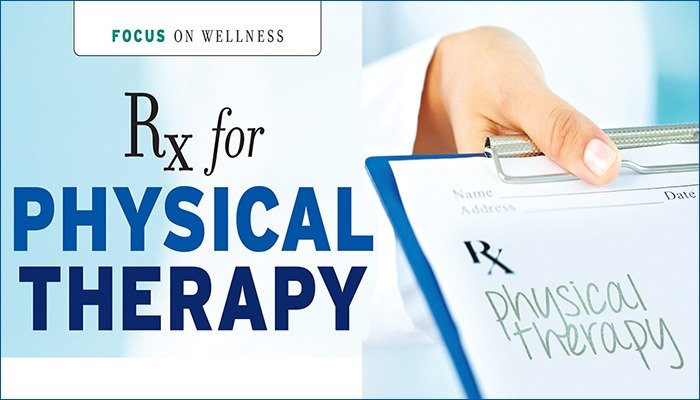Living with Pain: Goals Matter

Chronic pain can make your goals seem unimportant or unreachable. Your pain may interfere with your social goals, career goals, or family goals. Personal goals like exercise, hobbies, reading, or learning something new may have fallen by the wayside too. Sometimes it may feel like living with pain takes all of your energy and motivation. But, it is possible to get back on track. Your direction may be new and your pace may be slower. Even if you have severe pain, you can still move forward in life. Having and pursuing goals will help you to cope with your pain and reduce feelings of fear and depression. Planning is the key. To help you get started, I have listed some areas in which people often have goals. Look at each area and think about what you want to start working on.
• Social activities
• Work
• Relationship with spouse/significant other
• Sex
• Parenting
• Family activities
• Exercise
• Hobbies
• Spirituality
• Leisure
• Reading/Learning/Personal growth
• Appearance
• Volunteer work
• Eating habits/nutrition
• Relaxation
Start small and be specific. People often get derailed and frustrated when they set vague or general goals. For example, you will feel more satisfied and be more likely to succeed if your goal is to “increase my fitness so that I can walk 30 minutes a day; I will start by walking 5 minutes a day this week, 7 minutes each day next week, 9 minutes a day the week after, etc…” than if you just tell yourself “I am going to get back in shape”.
What are the tasks that are part of working on your goal? Do you have to buy a book, get some advice, buy some shoes, invite a friend? Take time now to list out as many of the details that are part of working on your goal.
Use your calendar. Put all of the activities, tasks, and details on your calendar. A plan requires who, what, when, for how long, and where.If you use an electronic calendar, send yourself a reminder the day before and the day of your activity.
Track your progress. Check in with yourself and your calendar at the end of each day. Did you complete your tasks? If so, what helped you to do so? Write it down. If not, what got in the way? Write that down too. Use your progress notes to help you to identify what helps you to pursue your goal and what gets in the way. If you are a member of the Chronic Pain Management Program, schedule your tasks, send reminders, and track your progress on the Navigator.
Pain doesn’t have to take away your ability to pursue meaningful goals. You can take pleasure and pride in working towards small, manageable goals. They matter and they make a difference.
————
About the Author. Dr. Linda Ruehlman is a social/health psychologist and researcher, co-founder of Goalistics, and director of the Chronic Pain Management Program, an interactive site that helps people with chronic pain to manage their pain and live richer, more effective lives as well as Think Clearly about Depression, a self-management program for depression.
DISCLAIMER: This blog is provided as an educational and informational resource only. It is not intended nor implied to be a substitute for professional psychological or medical advice.
PainPathways Magazine
PainPathways is the first, only and ultimate pain magazine. First published in spring 2008, PainPathways is the culmination of the vision of Richard L. Rauck, MD, to provide a shared resource for people living with and caring for others in pain. This quarterly resource not only provides in-depth information on current treatments, therapies and research studies but also connects people who live with pain, both personally and professionally.
View All By PainPathways






